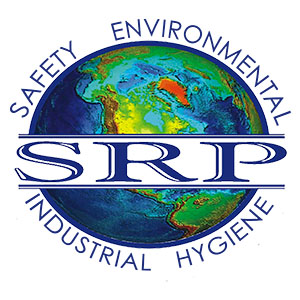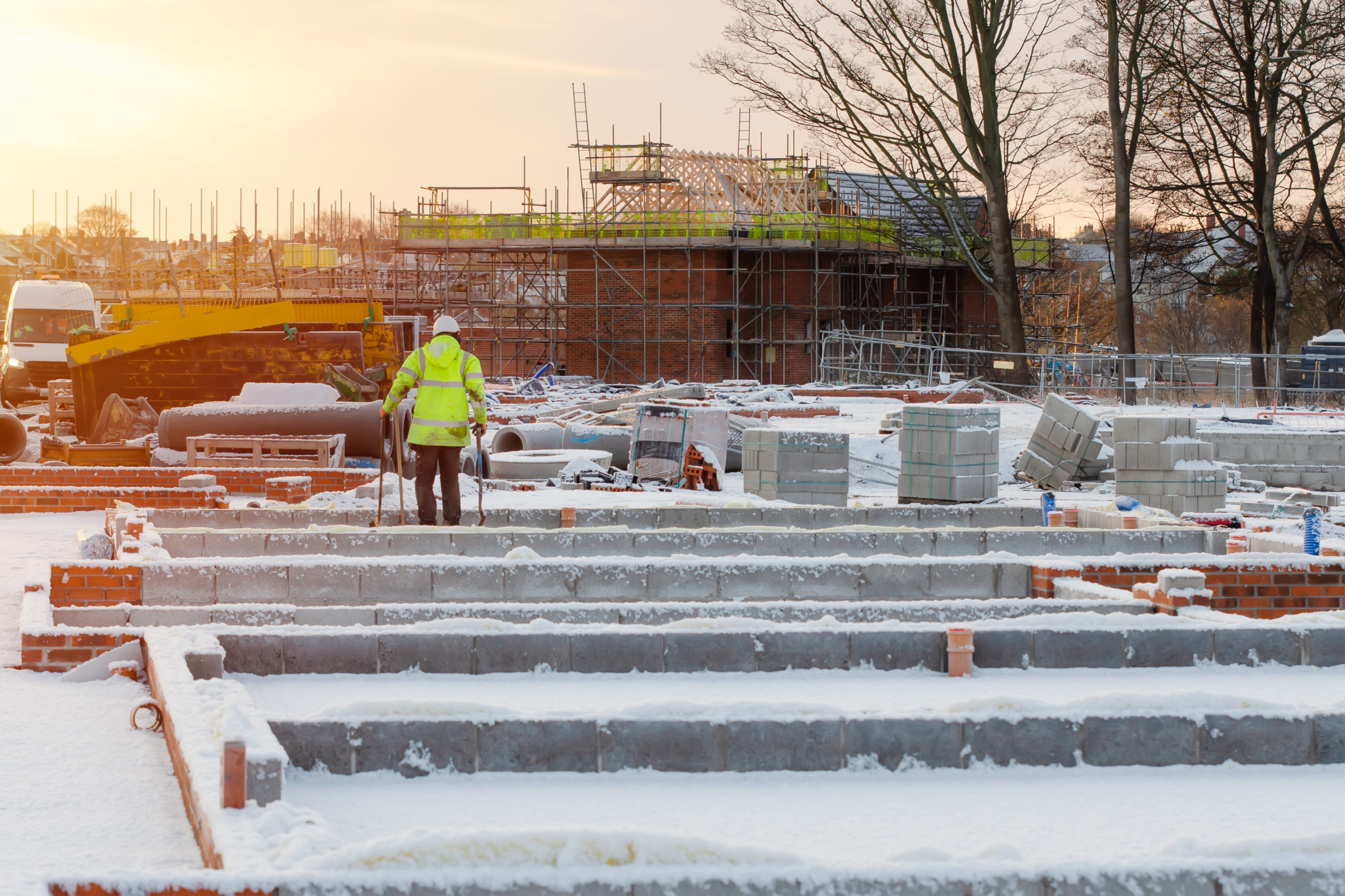- Are waste generators required to test their wastes to determine whether or not it exhibits a hazardous waste characteristic?
- Can I drain or fill a wet area on my land?
- Does my Facility Need A Spill Control & Countermeasures Plan?
- How do I know if a wet spot is a wetland?
- How is generator defined?
- What are hazardous wastes?
- What are the container requirements for generators accumulating hazardous waste in satellite accumulation areas?
- What is a Phase II?
- What is an environmental site assessment?
- What is RECAP in Louisiana?
- What is the Universal Waste Rule?
- Why is a Phase I ESA necessary?
Q: Are waste generators required to test their wastes to determine whether or not it exhibits a hazardous waste characteristic?
A: A person who generates a solid waste must determine if that waste is a hazardous waste. They may do this by either testing or using their knowledge of constituents in the waste and the process that produces the waste (40 CFR §262.11(c)). It should be noted, if a generator applies knowledge of the waste he/she is required to be correct in the hazardous waste determination.
Q: Can I drain or fill a wet area on my land?
A: There are wetland laws which often make it illegal to disturb a wetland. Please call our office and a wetland expert will assist you in answering this. There are various agencies involved in the regulations in this area and we can help you with the needed permits and information.
Q: Does my Facility Need A Spill Control & Countermeasures Plan?
A: In 1973, EPA issued the Oil Pollution Prevention Regulation, which is codified at 40 CFR Part 112, to address the oil spill prevention provisions contained in the Clean Water Act of 1972. The regulation forms the basis of EPA’s oil spill prevention, control, and countermeasures, or SPCC, program, which seeks to prevent oil spills from certain aboveground and underground storage tanks. In particular, the regulation applies to non-transportation-related facilities that:
-
Have an aggregate storage capacity greater than 1,320 gallons or a completely buried storage capacity greater than 42,000 gallons; and could reasonably be expected to discharge oil in harmful quantities into navigable waters of the United States.
-
The regulation requires each owner or operator of a regulated facility to prepare an SPCC Plan. The Plan is required to address the facility’s design, operation, and maintenance procedures established to prevent spills from occurring, as well as countermeasures to control, contain, clean up, and mitigate the effects of an oil spill that could affect navigable waters.
Q: How do I know if a wet spot is a wetland?
A: A qualified individual is needed to identify a wetland. There are various types of wetlands, which may appear as a wet area or not.
A: Generator is defined as any person, by site, whose act or process produces hazardous waste identified or listed in Part 261 or whose act first causes a hazardous waste to become subject to regulation (40 CFR §260.10). The generator of a waste may not necessarily be the person who actually produced the waste. For example, a contractor who removes hazardous residues from a product storage tank is the first person to cause the waste to become subject to regulation, rather than the owner of the tank. Although the person removing the waste from the unit is not the owner or operator of the unit, but he or she may be considered a generator. The owner or operator of the unit may also be considered a generator since the act of operating the unit led to the generation of the hazardous waste. In other words, both the person that removed the waste and the owner or operator of the tank are considered to be co-generators. In cases where one or more persons meet the definition of generator, all persons are jointly and severally liable for compliance with the generator regulations (45 FR 72024, 72026; October 30, 1980). If more than one party plays a role in the generation.
A: Hazardous wastes are any solid, liquid, or contained gaseous materials which are no longer used and, if not handled or disposed of properly, could damage or pollute the land, air, or water. They can also cause injury or death to exposed individuals. A waste is hazardous if it exhibits one or more of the following characteristics:
IGNITABILITY: Ignitable vapors can create fires under certain conditions. Examples include liquids, such as solvents that readily catch fire, and friction sensitive substances.
CORROSIVITY: Corrosive wastes include those that are acidic and those that are capable or corroding metal, such as tanks, containers, drums, and barrels.
REACTIVITY: Reactive wastes are unstable under normal conditions. They can create explosions and/or toxic fumes, gases, and vapors when mixed with water.
TOXICITY: Toxic wastes are harmful or fatal when ingested or absorbed. When toxic wastes are disposed of on land, contaminated liquid may drain from the waste and pollute ground water.
Q: What are the container requirements for generators accumulating hazardous waste in satellite accumulation areas?
A: Generators accumulating hazardous waste in satellite accumulation areas must comply with the container standards in Sections 265.171, 265.172, and 265.173(a) (Section 262.34(c)(1)(i)). Specifically, the containers must be in good condition, compatible with the hazardous waste, and always closed during accumulation. Generators must also mark their containers in satellite accumulation areas with words that identify the contents of the containers, such as “Hazardous Waste” (Section 262.34(c)(1)(ii)).
A: A Phase II Environmental Site Assessment (Phase II ESA) is an investigation of soil, groundwater, surface water, sediments, and occasionally bedrock or indoor air. The purpose of a Phase II ESA is to evaluate potential source areas of contamination, determine the extent of potential contaminant migration from the source areas, and determine if sensitive receptors are impacted.
Q: What is an environmental site assessment?
A: Site Assessment (ESA) – A commonly used term to describe the general process for evaluating the environmental condition of a property. Includes Phase I and Phase II. Also used in state law to establish requirements for lenders that want to qualify for a state liability exemption.
All Appropriate Inquiry (AAI) – The federal code for conducting a Phase I ESA in order to preserve a Superfund liability defense and to qualify for federal brownfield grants, as well as state grants and loans that use federal funds. Equivalent to ASTM Standard E 1527-05.
Q: What is RECAP in Louisiana?
A: The Louisiana Department of Environmental Quality (LDEQ) has developed a Risk Evaluation/Corrective Action Program (RECAP) to address risks to human health and the environment posed by the release of chemical constituents to the environment. This is LDEQ’s primary statutory mandate for remediation activities. It is clear in Louisiana’s Environmental Quality Act that risk to human health and the environment must be evaluated in the remedial decision-making process.
Q: What is the Universal Waste Rule?
A: The Universal Waste Rule was written in 1995 to streamline environmental regulations for wastes generated by large numbers of businesses in relatively small quantities. It is designed to reduce the amount of hazardous waste disposed of in municipal solid waste, encourage the recycling and proper disposal of certain common hazardous wastes, and reduce the regulatory burden for businesses that generate these wastes .Universal wastes are items that have been commonly thrown into the trash by businesses. Although handlers of universal wastes can meet less stringent standards for storing, transporting, and collecting these wastes, handlers must still comply with the full hazardous waste requirements for final recycling, treatment, or disposal. By providing a waste management structure that removes these wastes from municipal landfills and incinerators, this rule ensures stronger safeguards for public health and the environment. Examples of universal waste are: batteries, agricultural pesticides, mercury-containing thermostats, and lamps.
Q: Why is a Phase I ESA necessary?
A: A Phase I ESA is not a regulatory requirement.
If you purchase a property that has contamination, you own it, even the contamination: The clean up is also the landowner’s responsibility, unless you complete a phase I Environmental assessment prior to purchase.
According to the EPA’s Regulations, a phase I ESA must include a thorough walkthrough by an experienced environmental professional.
The historic use of the site must be researched to 1940 or when first developed. About 20 different government databases, such as Superfund, are searched to determine if the site or surrounding properties are listed.
Throw in interviews and a technical report with an easy to read summary concludes most of the phase I ESA.
A phase I takes around ten business days to complete depending on current/previous use. Industrial land is the most complex.
If no environmental concern is identified, the process ends with the Phase I ESA. It ends up being an insurance policy or sorts because since it satisfies the due diligence process under the federal law, CERCLA, if contamination is found later, and there was no way of knowing through the Phase I ESA process, the liability is restricted under federal law.
If an environmental concern is noted, a Phase II Investigation may be warranted. The Phase II is invasive in that soil borings are advanced on site so soil and/or ground water samples can be collected.

 ">
">
 ">
">